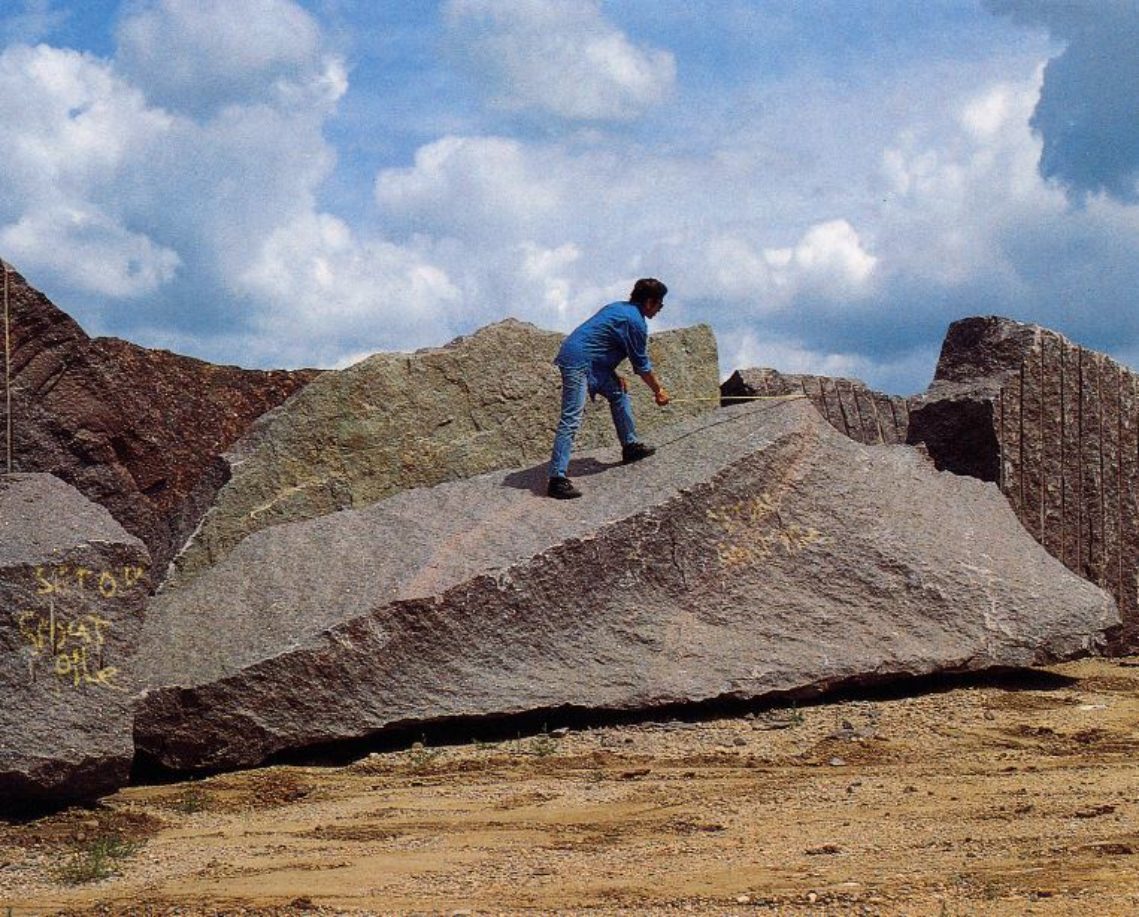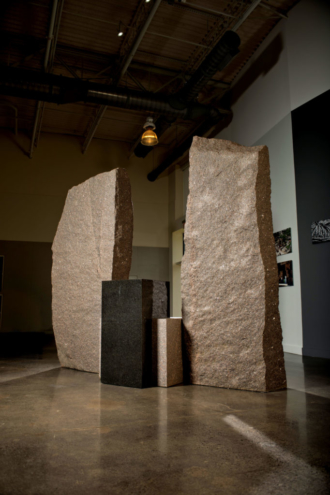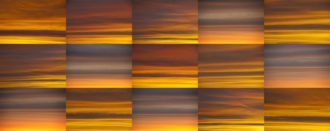Zimmerman was born in Philadelphia, PA and grew up in Los Angeles, California. By the mid 1960s, Southern California had become a transformative force in the world of contemporary art. Due in part to the technological boom of the high tech and aerospace industries of Southern California, an art and technology aesthetic had taken root in the arts community including the university art departments. The artists involved with the “Light and Space” movement as it became known were most influential in their exploration of non-objectified theories based in psychological, phenomenal, perceptual and spatial concerns in art. Many of them taught in the university art departments in Southern California. Their artworks involved thoughtful innovations and were executed with high degree of experimentation. Their message and approach resonated with the generation of emerging artists including Zimmerman as she completed her MFA at UCLA in 1972. Zimmerman’s immersion in such a revolutionary experimental environment helped her forge some of the fundamental principles of her artistic vision including maintaining openness to possibilities of form, space and natural elements, appreciating the power of the ethereal and the softer edges of experience, and maintaining a high level of inquisitiveness and exploration of the world.
Once established in her Venice painting studio, Zimmerman learned that she had won an NEA Fellowship. Inspired by this, and encouraged by an invitation from friend, she left for India. The discoveries she made there, most notably inspired by her visits to sacred historic sites, awakened a deep interest in her to create space in a meaningful and physical way. She decided to explore an approach based on the structural combination of the physical by using large blocks of quarried stone coupled with the ethereal and experiential possibilities of texture, light, and water within the context of articulately defined space. This eventually led to one of her most notable site-specific installations with the completion of Marabar in 1984 at the headquarters of the National Geographic Society in Washington, DC. In subsequent works, she explored social resonance, created urban oases, and in some cases memorialized history.
One after the other, large projects took Zimmerman around the world. Zimmerman has created over 40 major site-specific installations worldwide. They are imbued with her principle of creating spaces that are places, not things. They are impactful, deeply experiential, and connect the present day to the archaic past. Even so, she never dismissed her love and reliance on her photography and the creation of drawings and works on paper to either explore or document the wealth of her experiences. Her photographic work holds a deeply integral place in her artistic process especially for its immediacy. She captures the essence of spaces and forms of consequence that she wishes to emulate in her sculptural works. The photographs she took while traveling to Machu Picchu in 1987 are particularly revealing of things to come in her work. In addition, her love of painting continues to resonate through her sensual works on paper and her spatially captivating photographic collages that explore the perceptual aspects of space and light. The breadth of her studio work is imbued with her intellect, attention to detail, and an aura akin to her large physical works.


